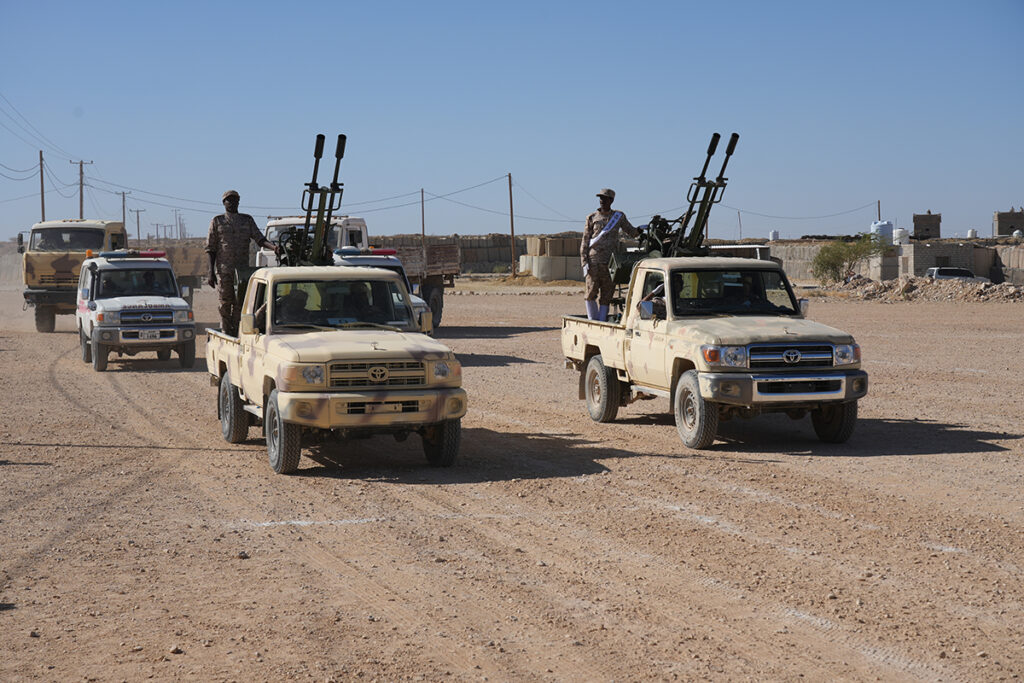Suspected U.S. airstrikes hit multiple Houthi-controlled regions across Yemen early Friday, including residential neighborhoods in the capital, Sanaa. The strikes, described as intense and widespread, marked a significant escalation in America’s ongoing military campaign. This new wave of attacks reportedly injured at least seven people and targeted key areas under rebel control, though the full extent of the damage remains unknown.
Strikes in the Capital Amid Holy Ramadan Nights
Explosions shook Sanaa during the early morning hours as bombs struck locations in the capital that have long served both military and civilian purposes. According to an Associated Press video, one airstrike sent a massive plume of smoke into the night sky as many residents remained awake during the final days of Ramadan. Sanaa International Airport, which serves both civilian and military operations, was reportedly among the targets.
Neighborhoods hit are not only populated by civilians but are also known to house military and intelligence service buildings. At least seven people were reported injured in Sanaa alone, according to initial statements from the Houthis.
Widespread Attacks Across Houthi Strongholds
The airstrikes extended beyond Sanaa, targeting the port city of Hodeida, the rebel hub of Saada, and the provinces of al-Jawf, Amran, and Marib. In Amran alone, al-Masirah, the Houthis’ satellite network, reported at least 19 separate strikes. The network also claimed that communication infrastructure was significantly damaged during the attacks.
“These strikes are far more intense than anything we’ve seen in recent weeks,” said a Houthi representative speaking anonymously due to security concerns.
A Shift in U.S. Strategy Under Trump
The current campaign under President Donald Trump represents a notable shift from the prior administration’s approach. An Associated Press review found the new operation to be more aggressive than those under President Joe Biden, targeting not only launch sites but also high-ranking personnel and urban areas.
Unlike previous protocols requiring case-by-case approval, the U.S. Central Command now operates with blanket authority from the White House to conduct offensive strikes in Yemen without prior clearance. However, the military command has yet to publicly confirm its involvement in Friday’s operations or provide specific details, a departure from the more transparent reporting under Biden.
Houthis Threaten Maritime Targets Again
The resurgence of U.S. airstrikes began in response to Houthi threats to resume attacks on ships perceived to be linked to Israel. The rebels had declared their intention to retaliate against the Israeli blockade on aid entering Gaza. Past Houthi actions blurred the lines of identification, with many non-Israeli vessels also falling into their crosshairs.
Between November 2023 and January 2024, the Houthis launched attacks on over 100 merchant ships, sinking two and killing four sailors. Although American warships have also been targeted, none have been hit thus far.
Internal Struggles and Global Spotlight
The strikes come as the Houthis face mounting internal challenges, including economic turmoil and political repression. Their crackdown on dissent and humanitarian workers has intensified, even as the airstrikes have propelled their international visibility.
“These attacks are raising the Houthis’ profile but worsening conditions for the people on the ground,” said a regional analyst who monitors Yemen’s civil conflict.
The suspected U.S. airstrikes across Yemen mark a critical and concerning phase in the ongoing conflict, as America’s military posture grows more aggressive under new directives. With heightened tensions and unclear consequences, Yemen’s future remains uncertain amid war, repression, and international military pressure.



